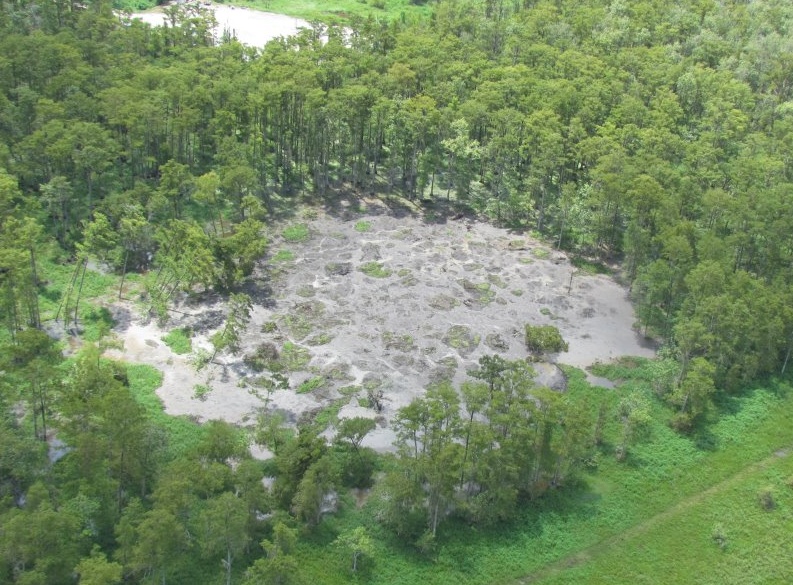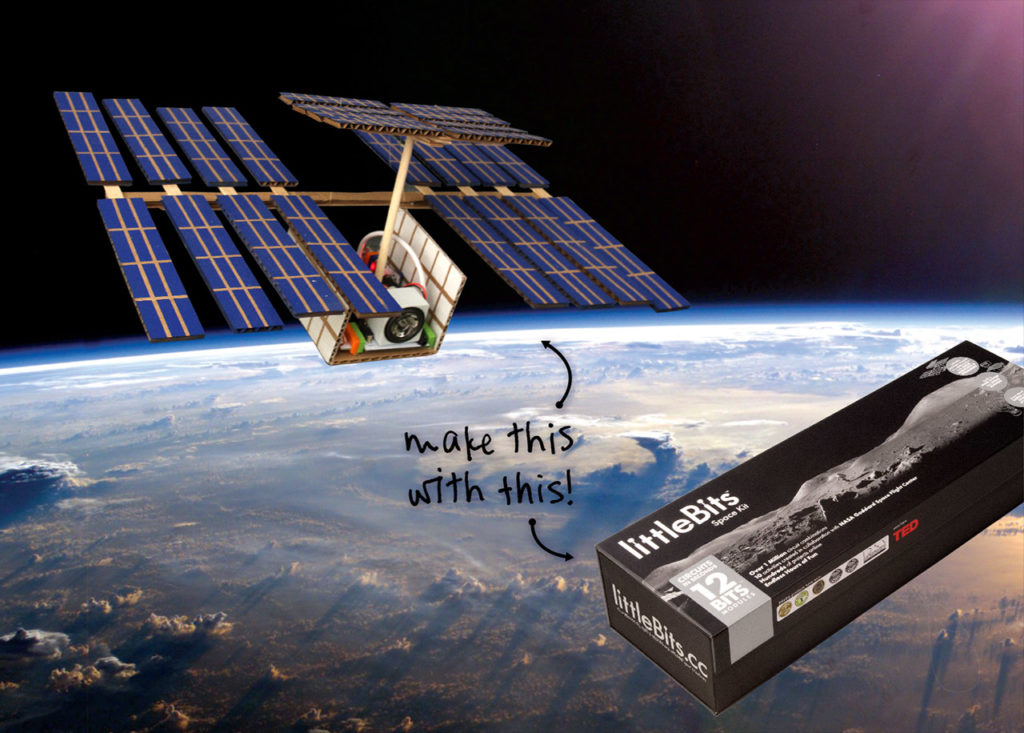
Radar images reveal capability to foresee sinkholes
InSAR – Interferometric Synthetic Aperture Radar – is efficient to generate maps of elevation due to the differences in the phase of the waves returning to the satellite (for detailed information see my articles on SAR and InSAR). InSAR can reveal exiguous deformations of surface terrain, if at least two images from different times (one before and one after the deformation) are compared. The technique can potentially measure centimetre-scale changes in deformation over spans of days to years.
Analysis of airborne radar data collected by NASA in 2012 indicated that sinkholes may be identified before they collapse, which is important for protecting the health of people and properties. NASA researchers Cathleen Jones and Ron Blom from the Jet Propulsion Laboratory in Pasadena, California, analysed InSAR imagery near Bayou Corne in Lousiana acquired during flights of the agency’s Uninhabited Airborne Vehicle Synthetic Aperture Radar (UAVSAR), which uses a C-20A jet, in June 2011 and July 2012. They found that the surface layer around the sinkhole deformed considerably around one month before the final collapse, moving horizontally to the area, where the sinkhole would later occur. The horizontal movements counted up to around 260mm and effected an area that was much larger (500-600m) that the actual sinkhole (100m). The findings were unexpected as horizontal deformations had never been considered a sign of sinkholes. Hence, the study shows that horizontal movements can precede sinkholes particularly in areas with loose soil near the surface. The results are published in the scientific journal ‘Geology’ in February 2014.
Sinkholes
Sinkholes are depressions in the ground formed when surface layers collapse into caverns below. Those caverns form through natural processes or human activities. The first example typically refers to areas of limestone, carbonate rocks, gypsum or salt beds in karst terrain. The rocks are dissolved by the presence of CO2 in water and leave spaces underground that can collapse – normally without warning. Natural sinkholes vary in size from some meters to over hundreds of meters and can be very deep. They are spread all over the world where calcareous rocks form the underground. Artificial sinkholes are provoked by human activity such as the extraction of raw material (oil, minerals, coal, etc.). The incident in Bayou Courne happened on August 3, 2012, unexpectedly after weeks of minor earthquakes and bubbling natural gas provoked community concern and forced evacuations. It happened in an area not prone to sinkholes, where a petroleum company operated. The sinkhole was provoked by the collapse of a sidewall of an underground storage.
Although a systematic detection of sinkholes is unlikely to occur in future due to practical and financial reasons, radar remote sensing offers a monitoring technique for identifying sinkholes at least in areas where they are expected. Thus, InSAR delivers a useful tool for the petroleum or mining industry to monitor the surface above the layers they operate.
For more information go to:
NASA‘s earth sience activities
Latest earth science findings of NASA
Source: GIS User






